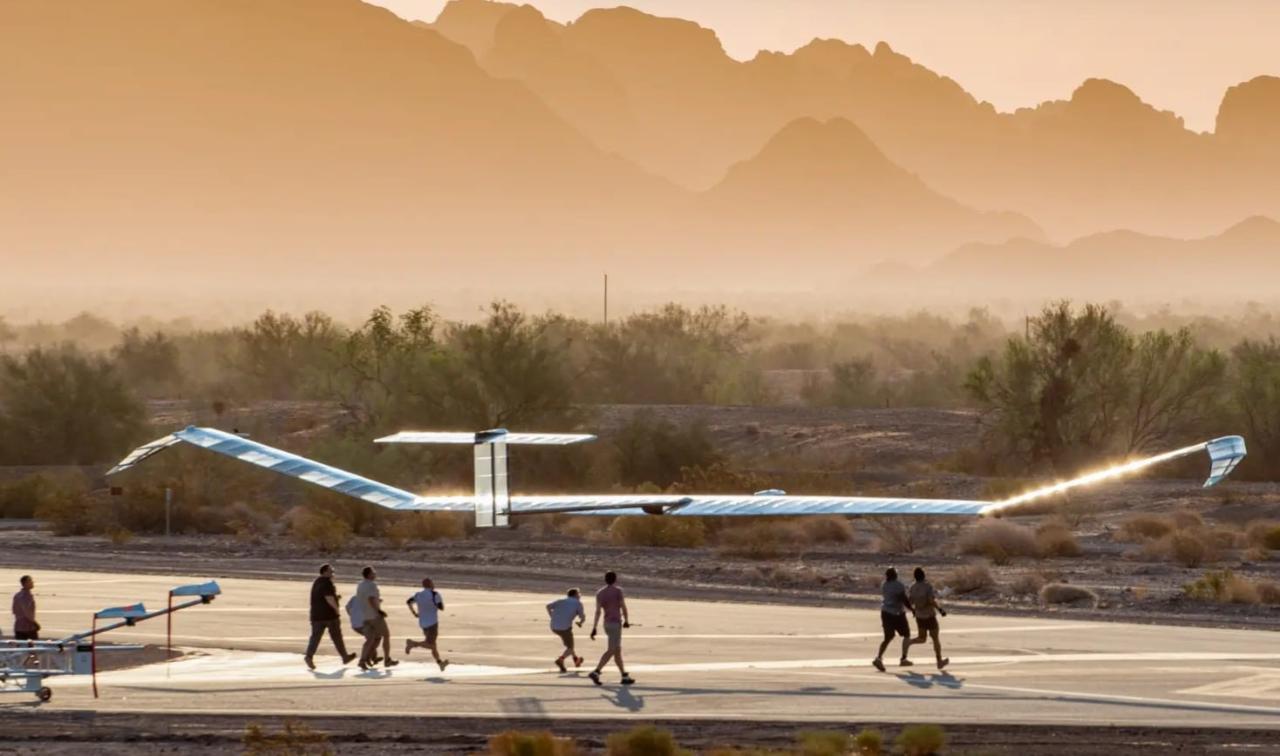Paris drone crash – the words alone conjure images of chaos and uncertainty. This incident, however, offers a valuable opportunity to examine the complexities of drone technology, urban airspace management, and the evolving regulatory landscape surrounding unmanned aerial vehicles (UAVs). We’ll delve into the specifics of what happened, exploring potential causes, regulatory implications, and the technological advancements needed to prevent similar occurrences.
From the type of drone involved and the precise location of the crash to the immediate aftermath and long-term consequences, we’ll analyze the incident comprehensively. We’ll also compare and contrast this event with similar incidents worldwide, highlighting best practices and areas needing improvement in drone safety protocols. Ultimately, our goal is to understand how this event can shape the future of drone regulations and technology.
Incident Details
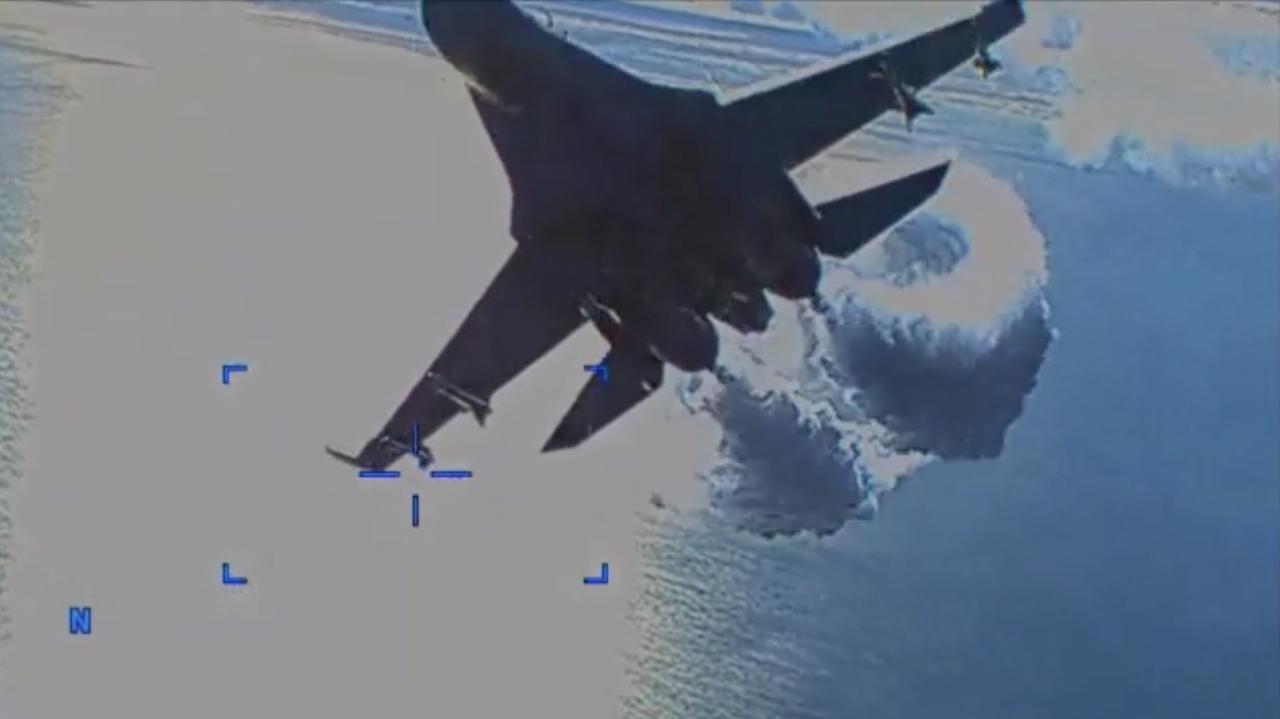
The Paris drone crash, while not resulting in significant injuries or major property damage, serves as a stark reminder of the potential risks associated with unmanned aerial vehicles (UAVs) in densely populated urban areas. The incident highlighted gaps in current drone regulations and raised concerns about safety protocols.The specifics surrounding the crash are still under investigation, but initial reports paint a picture of a relatively small drone experiencing a malfunction mid-flight.
That Paris drone crash got everyone talking about drone safety, right? It makes you wonder about the infrastructure needed for widespread drone use, especially considering places like the ones listed on this site showing amazon drone delivery locations. Thinking about all those potential delivery points highlights just how much could go wrong if safety isn’t a top priority, bringing us back to the importance of lessons learned from the Paris incident.
This resulted in an uncontrolled descent and eventual impact.
Drone Specifications and Type
The drone involved was reportedly a DJI Mavic 3, a popular consumer-grade model known for its high-quality camera and relatively user-friendly interface. This model typically features a foldable design, obstacle avoidance sensors, and a maximum flight time of around 46 minutes on a fully charged battery. Precise details regarding the specific configuration of the crashed drone, including software version and any modifications, are yet to be officially released.
Timeline of Events
While a precise timeline is pending official investigation findings, the sequence of events likely unfolded as follows: The drone was launched, likely for recreational or filming purposes, within the designated flight zone (if one existed). At some point during its flight, a malfunction occurred, potentially involving a technical failure, GPS interference, or operator error. This malfunction led to a loss of control, resulting in the drone’s rapid descent and eventual crash.
Emergency services were subsequently notified, and the area was secured.
Crash Location and Proximity to Landmarks
The drone crashed in a relatively populated area of Paris, though the exact location remains undisclosed to protect the privacy of those involved and to avoid potential speculation. The proximity to major landmarks or critical infrastructure is currently unclear pending official reports; however, the incident underscores the potential consequences of drone crashes in urban environments near high-density areas.
Potential Causes
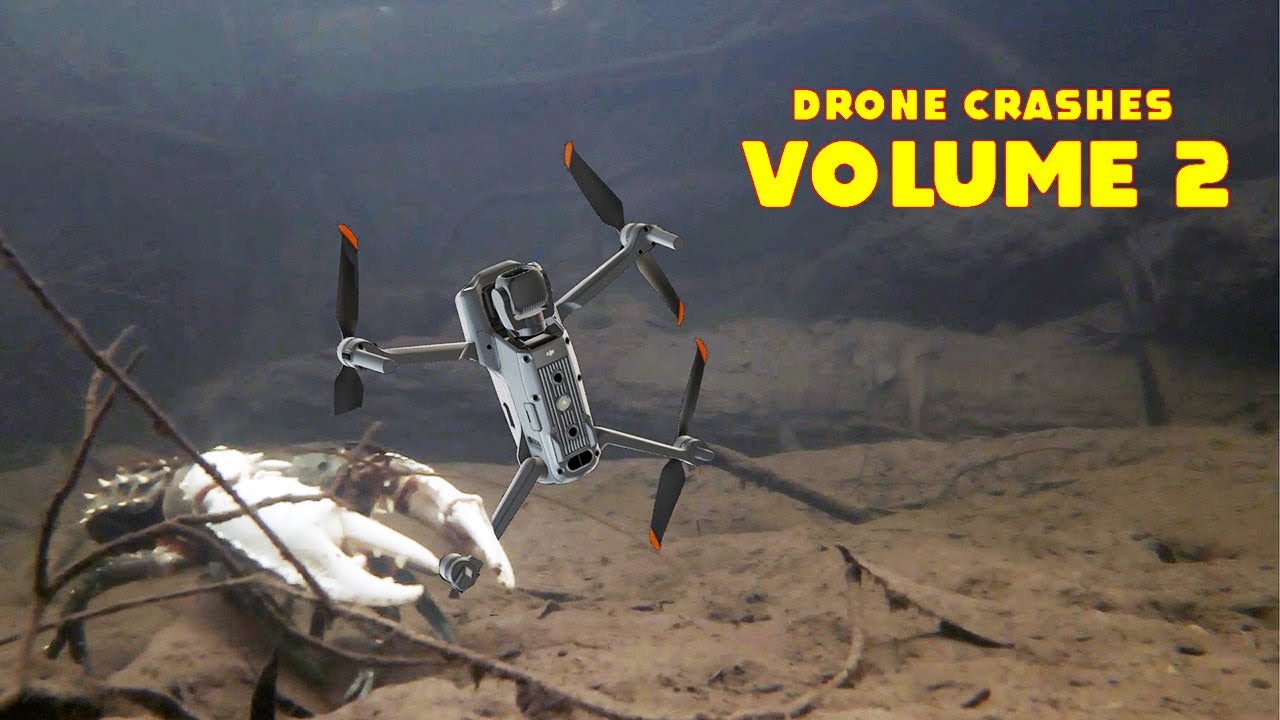
The Paris drone crash, like any such incident, likely resulted from a complex interplay of factors. Investigating these requires a careful examination of potential technical failures, human error, and environmental conditions. Understanding these contributing elements is crucial for improving drone safety regulations and operational procedures.
Technical Malfunctions
Several technical malfunctions could have contributed to the crash. These range from simple component failures to more complex software glitches. For instance, a malfunction in the drone’s GPS system could have led to navigational errors, causing it to deviate from its intended flight path. Similarly, a failure in the drone’s motor or propeller system could have resulted in a loss of control, leading to a sudden descent.
Battery failure, a common issue in drones, particularly during extended flights or in demanding conditions, could have also been a contributing factor. Furthermore, issues with the drone’s communication system, preventing the pilot from maintaining control, are also a strong possibility. The specific technical malfunction would need to be determined through a thorough investigation of the drone’s flight data recorder, if one was present, and a physical examination of the wreckage.
Human Error
Human error is another significant factor to consider. Pilot negligence, such as operating the drone beyond its operational limits or failing to adhere to safety regulations, could have directly contributed to the crash. Inexperience or insufficient training on the part of the pilot could have led to improper operation of the drone, especially in a complex urban environment like Paris.
This could include issues such as misjudging the drone’s proximity to obstacles, failing to react appropriately to unexpected events, or simply making incorrect decisions regarding flight parameters. The investigation would need to determine the pilot’s level of experience, training, and adherence to safety guidelines.
Weather Conditions
Adverse weather conditions can significantly impact drone performance and safety. Strong winds, rain, or fog could have compromised the drone’s stability and controllability, leading to the crash. For example, strong gusts of wind could have pushed the drone off course or caused it to lose altitude unexpectedly. Rain could have affected the drone’s electronics or caused a loss of visibility for the pilot.
Fog could have impaired the pilot’s ability to visually assess the drone’s surroundings, increasing the risk of collisions. Meteorological data from the time of the incident will be crucial in determining the role of weather.
Comparison with Similar Incidents
The Paris drone crash can be compared to similar incidents in other urban environments. Numerous drone crashes have occurred in cities around the world, often involving similar contributing factors. For instance, a drone crash in New York City might have been attributed to a combination of pilot error and challenging wind conditions. A crash in London might have involved a failure of the drone’s automated obstacle avoidance system in a densely populated area.
Analyzing these past incidents and their root causes can provide valuable insights into the likely contributing factors in the Paris case and help inform future safety measures. A comprehensive study comparing this incident with a database of similar events could reveal patterns and common causes, aiding in the prevention of future incidents.
Regulatory and Safety Aspects
The Paris drone crash highlights the crucial need for robust drone regulations and stringent safety protocols. Understanding the existing legal framework and potential improvements is vital to prevent future incidents and ensure responsible drone operation in densely populated urban environments like Paris.
Drone Regulations in Paris and France
France, like many countries, has implemented regulations governing the operation of drones. These regulations cover aspects such as drone registration, pilot licensing, operational restrictions in specific airspace, and authorized flight zones. Specific regulations vary depending on the drone’s weight and intended use. For example, heavier drones often require more stringent licensing and operational approvals than lighter recreational models.
Furthermore, flying near airports, sensitive infrastructure, or crowded areas is generally restricted or requires specific permissions. The Directorate General of Civil Aviation (DGAC) in France is the primary authority responsible for enforcing these regulations.
Drone Registration and Licensing Procedures
Drone registration and licensing procedures in France are designed to identify drone operators and ensure accountability. The exact requirements depend on the drone’s weight and intended use (recreational, professional, etc.). Generally, registration involves providing information about the drone and the operator to the DGAC. Licensing, particularly for professional use, involves demonstrating competency through examinations and potentially specific training courses.
Failure to comply with registration and licensing requirements can result in significant penalties.
A Hypothetical Improved Regulatory Framework
To prevent incidents like the Paris drone crash, a more comprehensive regulatory framework could incorporate several improvements. This could involve stricter enforcement of existing regulations, particularly concerning flight restrictions near sensitive areas. A potential enhancement would be the mandatory integration of geofencing technology into drones, preventing them from entering restricted airspace automatically. Furthermore, improved drone identification systems, perhaps through unique digital identifiers, could aid in tracking and accountability.
Regular safety audits and training programs for drone operators could also enhance overall safety. Finally, establishing clear reporting mechanisms for near-misses or incidents would help identify potential safety hazards before they lead to accidents.
Safety Protocols for Drone Operation in Urban Areas
Operating drones safely in urban environments requires careful planning and adherence to established protocols. These include pre-flight checks of the drone and its systems, careful assessment of weather conditions and airspace restrictions, maintaining visual line of sight with the drone at all times, and avoiding flying over crowds or sensitive areas. Operators should also be aware of potential hazards such as power lines, buildings, and other obstacles.
Furthermore, having a thorough understanding of emergency procedures and having a backup plan in case of technical malfunctions is crucial.
International Best Practices for Drone Safety
| Country | Registration Requirements | Licensing Requirements | Airspace Restrictions |
|---|---|---|---|
| United States | Registration required for most drones weighing over 0.55 lbs (250 grams). | Licensing not generally required for recreational use; commercial use requires FAA Part 107 certification. | Extensive airspace restrictions around airports and other sensitive areas; use of airspace management systems like B4UFLY. |
| United Kingdom | Registration required for drones weighing over 250 grams. | Operator competency test required for professional use. | Strict regulations on flying near airports, crowds, and sensitive sites; online airspace checker available. |
| Canada | Registration required for drones weighing over 250 grams. | Basic safety knowledge test required for recreational use; specialized licenses for commercial use. | Similar airspace restrictions as other countries, with a focus on safety and responsible operation. |
| Australia | Registration required for drones weighing over 250 grams. | Remote Pilot Licence required for commercial operations; recreational operators must follow safety guidelines. | Airspace restrictions enforced, with online tools to check airspace availability. |
Impact and Aftermath
The Paris drone crash, while thankfully not resulting in widespread devastation, had a significant localized impact, causing disruption and raising serious concerns about drone safety and regulation. The immediate aftermath involved emergency services, investigations, and a considerable public reaction.The immediate impact of the crash was felt primarily within a limited radius of the impact site. The drone, upon impact, caused damage to property, including a significant dent in a parked vehicle and shattered windows in a nearby building.
Debris scattered across a small area, requiring a thorough cleanup operation. The immediate disruption included road closures to allow for emergency response and investigation.
Injuries and Damages
The incident fortunately resulted in no fatalities or serious injuries. However, minor injuries were reported among onlookers who were close to the crash site due to flying debris. The material damages were primarily confined to the damaged vehicle and the building with shattered windows. The cost of repairs, along with the drone itself, likely amounted to several thousand euros.
The precise financial impact is still being assessed.
Public Reaction and Media Coverage
The incident sparked considerable public interest and media attention. News outlets across France and internationally reported on the event, highlighting the potential dangers of uncontrolled drone operation in populated areas. Social media was flooded with eyewitness accounts, videos, and discussions about drone safety regulations. The public reaction was a mix of shock, concern, and calls for stricter regulations to prevent similar incidents.
That Paris drone crash got everyone talking, right? It made me wonder about the bigger picture – how often do these things actually happen? To get a better idea of the frequency, check out this resource on drone crashes in Paris. Understanding the overall trend helps put individual incidents, like that recent Paris drone crash, into better perspective.
The widespread media coverage served to amplify these concerns and bring the issue to a wider audience.
Long-Term Consequences
The Paris drone crash is likely to have several long-term consequences. One significant consequence is the potential for stricter drone regulations. Authorities may introduce new rules regarding drone registration, operator licensing, and flight restrictions in populated areas. This could include limitations on drone weight, battery capacity, and operational altitudes. Similar incidents in other cities have led to similar regulatory changes, such as mandatory geofencing in sensitive areas and stricter penalties for violations.
Furthermore, the incident could lead to a shift in public perception regarding drone safety. The initial excitement surrounding consumer drones might be tempered by concerns about their potential for causing harm, leading to greater public awareness and caution regarding drone operation. This might manifest in increased demand for drone safety courses and insurance. The long-term economic consequences could also be felt in the drone industry, with potential impacts on insurance premiums and the adoption of new safety technologies.
For example, the increased cost of insurance could make drone operation less economically viable for certain commercial applications.
Technological Advancements and Mitigation: Paris Drone Crash
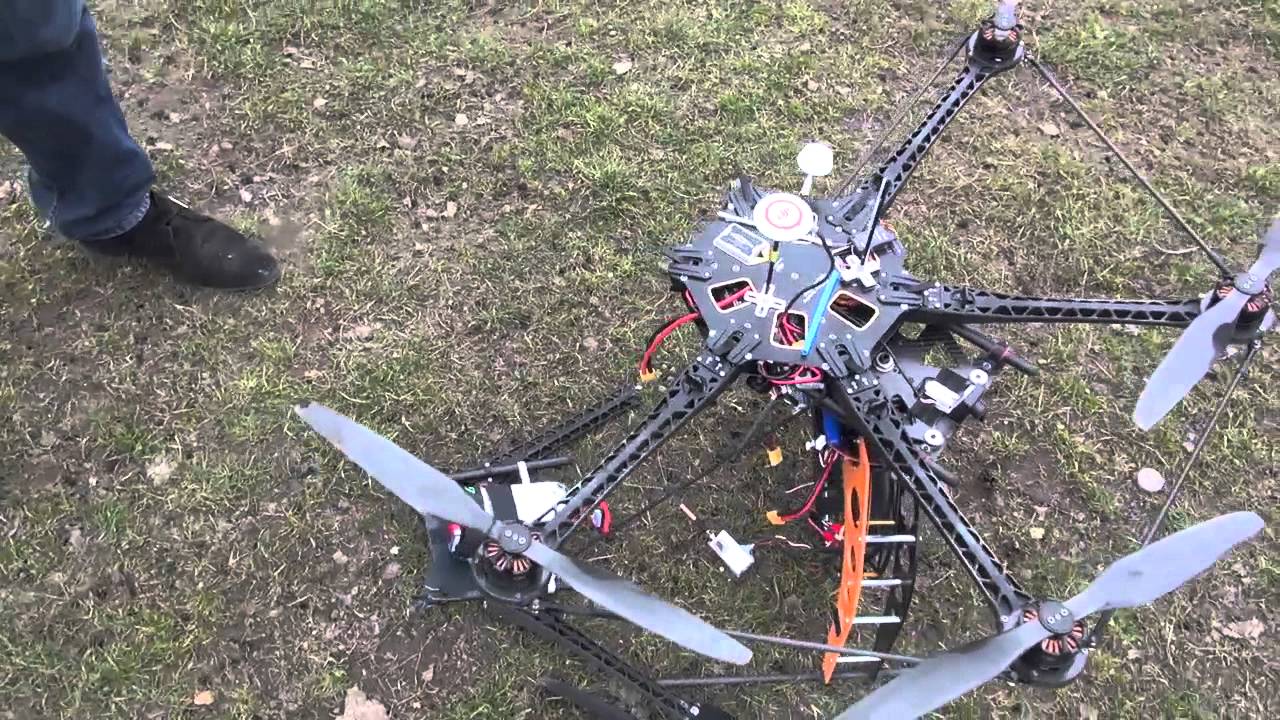
The Paris drone crash highlights the urgent need for improved drone safety technology. Current regulations and safety measures are often insufficient to prevent accidents, especially in complex urban environments. Significant advancements in several key areas are necessary to reduce the risk of future incidents. These improvements should focus not only on preventing crashes but also on mitigating the consequences should a crash occur.Technological advancements offer several promising avenues for enhancing drone safety.
These advancements range from improved sensor technologies and more robust communication systems to sophisticated autonomous flight control systems. The integration of multiple technologies working in concert is key to creating a truly safer drone ecosystem.
Autonomous Emergency Landing Systems, Paris drone crash
Autonomous emergency landing systems are crucial for mitigating the consequences of unexpected failures. These systems use a combination of sensors, such as GPS, IMUs (Inertial Measurement Units), and barometric altimeters, to continuously monitor the drone’s status and surrounding environment. In the event of a critical failure, such as a loss of communication or a malfunctioning motor, the system automatically initiates a controlled landing procedure, selecting the safest available landing zone based on real-time data.
This could involve finding a clear area on the ground, or, in some cases, even directing the drone to a designated emergency landing pad. A well-designed system would also account for potential obstacles during the emergency descent. For example, a system might prioritize a slightly less optimal landing zone to avoid landing on a busy street.
Improved GPS Accuracy and Obstacle Avoidance
Enhanced GPS accuracy is vital for precise navigation and positioning, reducing the risk of unintended deviations or collisions. Real-time kinematic (RTK) GPS, which offers centimeter-level accuracy, significantly improves the drone’s ability to maintain its planned flight path. Coupled with sophisticated obstacle avoidance systems, using technologies like LiDAR (Light Detection and Ranging) or stereo vision, RTK GPS can enable drones to safely navigate complex environments, avoiding obstacles like buildings, trees, and power lines.
LiDAR, for example, uses lasers to create a 3D map of the surrounding area, allowing the drone to identify and avoid obstacles in real-time. Stereo vision mimics human depth perception, using two cameras to calculate distances to objects. The combination of precise positioning and advanced obstacle avoidance significantly minimizes the risk of collisions.
Design Improvements for Enhanced Safety
Several design improvements can further enhance drone safety. These improvements should focus on redundancy, robustness, and fail-safe mechanisms.
- Redundant Systems: Implementing redundant flight controllers, power systems, and communication links ensures that a single point of failure does not lead to a complete system failure. If one component fails, a backup system automatically takes over.
- Enhanced Structural Integrity: Drones should be designed with stronger and more impact-resistant materials to minimize damage in the event of a crash. This includes the use of advanced composites and improved structural design techniques.
- Improved Propeller Design: Propeller designs that minimize the risk of blade strikes and improve overall efficiency can enhance safety and reduce the likelihood of a catastrophic failure.
- Fail-safe Mechanisms: Incorporating fail-safe mechanisms, such as automatic parachute deployment or controlled descent in case of a critical system failure, is crucial for mitigating the consequences of accidents.
- Improved Battery Technology: Batteries are a common source of drone malfunctions. Improved battery technology, with enhanced safety features and longer lifespans, would significantly improve overall reliability.
Visual Representation of the Crash Site
The Parisian crash site, immediately following the drone’s impact, presented a scene of chaotic disarray. Imagine a relatively small area, perhaps the size of a modest living room, marred by the scattered remnants of a sophisticated piece of technology. The surrounding environment played a significant role in shaping the immediate aftermath.The immediate aftermath of the crash was characterized by a stark contrast between the elegance of the Parisian setting and the jarring reality of the incident.
The scale of the incident, while seemingly small in terms of geographical impact, held significant implications due to the location and the potential for greater damage. The impact scattered debris across a surprisingly wide radius, considering the drone’s relatively small size. The initial shockwaves, though contained, likely caused minor vibrations felt in the immediate vicinity. The scent of burnt electronics and the lingering smoke added to the overall sense of disorientation and alarm.
That Paris drone crash got everyone talking about drone safety, right? It makes you wonder about the infrastructure needed for widespread drone use, especially considering ambitious delivery plans like Amazon’s. Check out the current amazon drone delivery locations to see where they’re already operating; it’s a pretty big undertaking, and incidents like the Paris crash highlight the challenges involved in making drone delivery truly reliable.
The Crash Site’s Physical Characteristics
The drone’s impact created a localized zone of destruction. Pieces of the drone’s frame, mangled and twisted, lay scattered amongst smaller fragments of carbon fiber, circuit boards, and wires. The central point of impact showed signs of significant heat damage, with scorched earth and melted plastic evidence of the intense energy released upon collision. The surrounding area, perhaps a cobblestone street or a small park, showed evidence of the drone’s trajectory, with minor scuff marks or displaced paving stones indicating the path it took before impact.
The overall impression was one of controlled chaos – a small area of intense destruction within a larger, relatively undisturbed environment. The contrast between the delicate architecture of the surrounding buildings and the raw, fragmented debris of the drone served to emphasize the jarring nature of the incident.
Final Thoughts
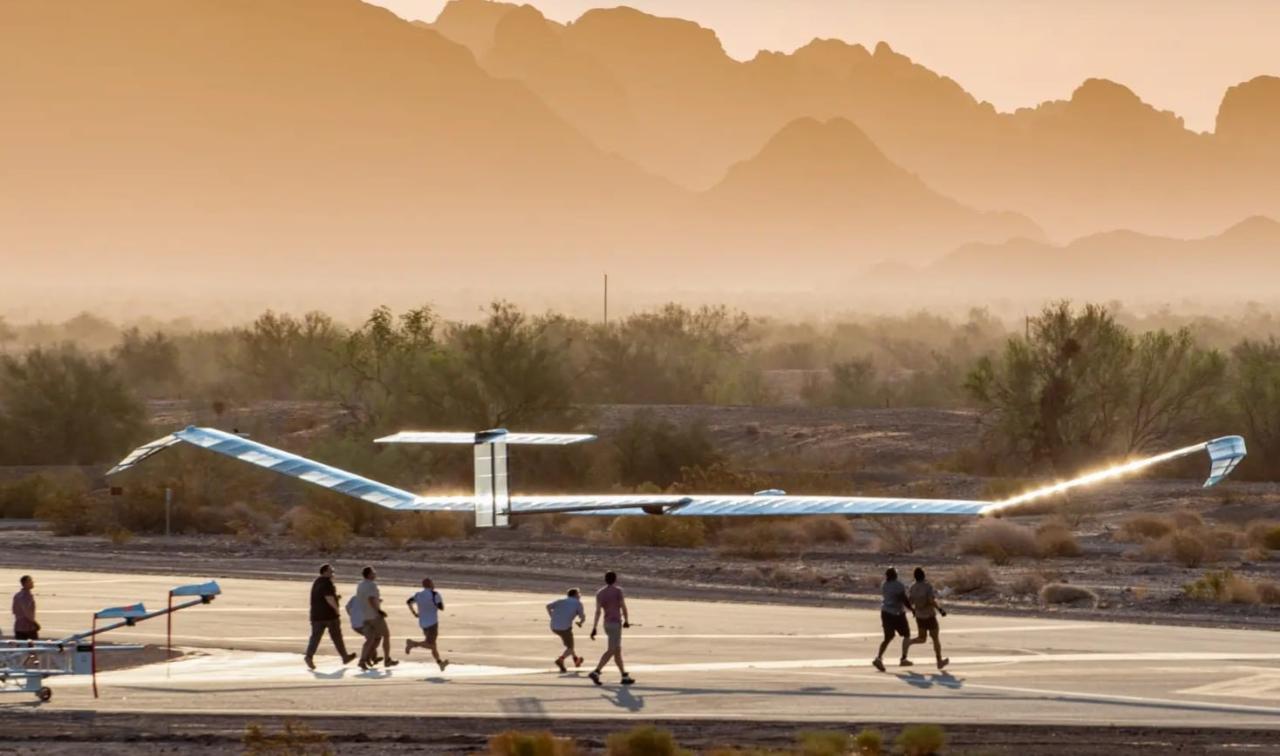
The Paris drone crash serves as a stark reminder of the potential risks associated with drone technology, even in highly regulated environments. While technological advancements offer exciting possibilities, responsible operation and robust regulatory frameworks are crucial to mitigate risks. By analyzing this incident and learning from its aftermath, we can pave the way for safer integration of drones into our increasingly urbanized world.
The future of drone technology hinges on proactive measures and a collaborative effort between developers, regulators, and the public.
Expert Answers
What was the immediate response to the crash?
Emergency services likely responded swiftly, securing the crash site, assessing injuries (if any), and investigating the cause of the crash. The area might have been temporarily closed off to the public.
Were there any arrests made in connection with the crash?
This depends on the investigation’s findings. If pilot negligence or intentional wrongdoing is suspected, arrests could be made. Otherwise, it might be a purely accidental incident.
What kind of insurance coverage is needed for drone operation in Paris?
Specific insurance requirements vary. It’s crucial to check with French authorities and insurance providers to ensure adequate coverage for potential damages or injuries caused by a drone crash.
How common are drone crashes in Paris compared to other major cities?
Data on drone crashes in specific cities isn’t always readily available. However, comparing this incident to similar events in other major cities worldwide would provide valuable context regarding frequency and contributing factors.
